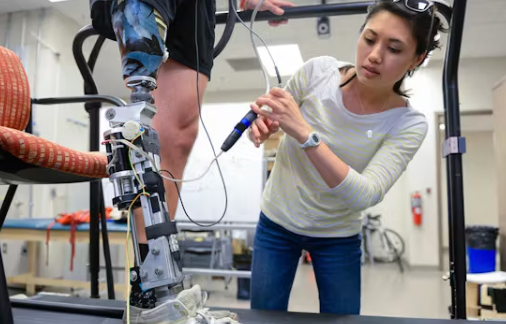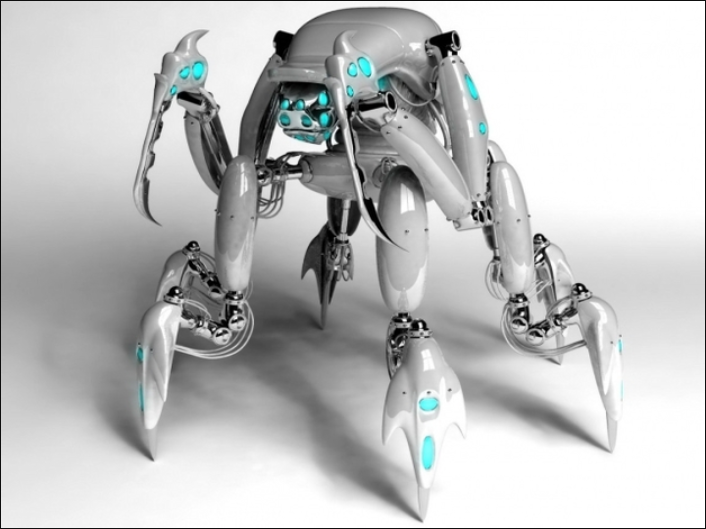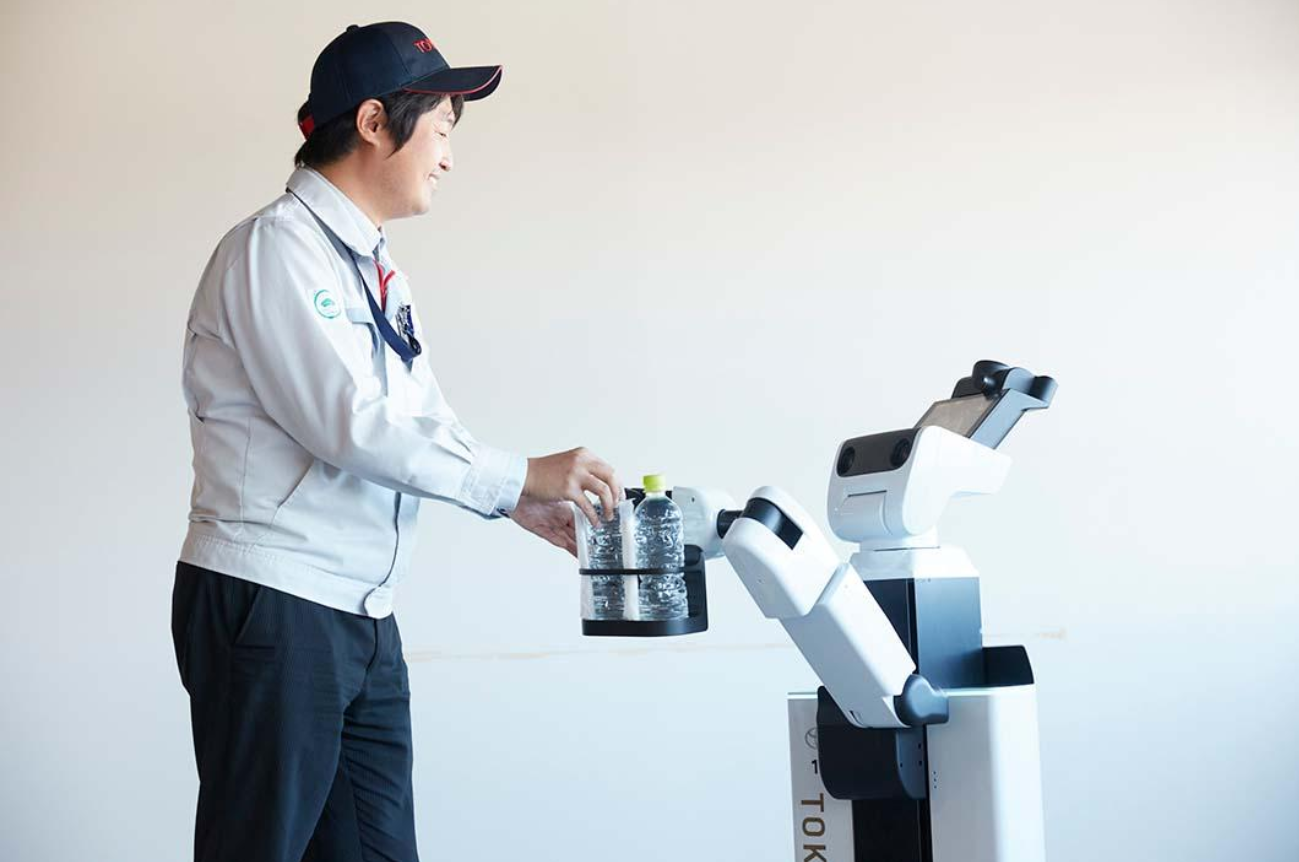Imagine robots that don't just imitate life—but embody it. Machines powered by biological muscles, neural networks decoding insect brains, and drones that pollinate crops like artificial bees. This isn't science fiction—it's the revolutionary field of Biorobotics Engineering, where biology meets robotics to create the most advanced machines humanity has ever seen.
What Is Biorobotics Engineering?
Biorobotics Engineering is the interdisciplinary fusion of biology, robotics, and AI that creates machines inspired by—or incorporating—biological systems. Unlike traditional robotics that uses metal and motors, biorobotics often employs soft materials, living tissues, or biological principles to achieve unprecedented flexibility, efficiency, and adaptability.
Key Insight: The most advanced Biorobotics Engineering projects aren't just copying nature—they're collaborating with it, using actual biological components alongside artificial systems.
The 3 Revolutionary Branches of Biorobotics Engineering
1. Biomimetic Robotics: Nature as the Ultimate Engineer

This approach studies biological systems to replicate their functions in machines. From gecko-inspired climbing robots to fish-like underwater drones, biomimetic robots solve engineering challenges with solutions perfected by millions of years of evolution.
2. Biohybrid Systems: Where Machines Meet Living Tissue
The cutting edge of Biorobotics Engineering combines living cells with synthetic components. Examples include robotic arms powered by lab-grown muscles or drones with biological sensors that outperform electronic equivalents.
3. Neural Robotics: AI That Thinks Like a Brain
By reverse-engineering biological neural networks, researchers are creating AI systems with unprecedented learning capabilities. Some projects even integrate actual neurons into robotic control systems.
Biorobotics Decoded: The Mind-Blowing Fusion Where Nature Meets Machines
5 Groundbreaking Applications of Biorobotics Engineering
1. Medical Microbots: The Future of Precision Medicine
Tiny bio-inspired robots can navigate the human body to deliver drugs, perform microsurgeries, or even destroy cancer cells with unprecedented precision.
2. Environmental Guardians: Robots That Heal Ecosystems
From artificial pollinators to robotic coral reefs, Biorobotics Engineering offers solutions to some of our most pressing environmental challenges.
3. Next-Gen Prosthetics: Merging Man and Machine
Modern bionic limbs now feature tactile feedback, muscle integration, and even direct neural control—blurring the line between artificial and biological.
4. Agricultural Revolution: Robots That Work Like Nature
Bio-inspired agricultural robots can pollinate crops, remove weeds without chemicals, and harvest with plant-level precision.
5. Space Exploration: Alien Worlds Demand Biological Solutions
NASA and other space agencies are developing biohybrid robots that can adapt to extraterrestrial environments in ways traditional machines cannot.
Inside the Genius Factory: Where Biorobotics Labs Build Tomorrow's Super-Species
The Ethical Frontier of Biorobotics Engineering
As the field advances, it raises profound questions: At what point does a biohybrid robot become a living being? How do we regulate machines that incorporate biological components? These ethical considerations are becoming as important as the technological breakthroughs themselves.
Frequently Asked Questions
Q: How is Biorobotics Engineering different from traditional robotics?
A: While traditional robotics uses purely mechanical and electronic components, Biorobotics Engineering incorporates biological principles, materials, or even living tissues to create systems with capabilities beyond conventional machines.
Q: What are the biggest challenges in Biorobotics Engineering today?
A: Key challenges include maintaining biological components outside natural environments, creating reliable interfaces between biological and artificial systems, and addressing ethical concerns about creating biohybrid entities.
Q: How close are we to seeing biohybrid robots in everyday life?
A: While fully biological robots remain in labs, applications like advanced prosthetics and medical microbots are already in use. Widespread adoption of more complex biohybrid systems is likely within the next 10-20 years.
The Future of Biorobotics Engineering
As AI, biotechnology, and materials science converge, Biorobotics Engineering stands poised to redefine what machines can be. The next decade will likely see breakthroughs that today seem like science fiction—from self-healing robots to machines that grow and evolve like living organisms.
Final Thought: Biorobotics Engineering doesn't just represent a new kind of technology—it represents a fundamental shift in our relationship with both machines and biology, blurring boundaries in ways that will transform our world.







